Ibai Lana
Deep Echo State Networks for Short-Term Traffic Forecasting: Performance Comparison and Statistical Assessment
Apr 17, 2020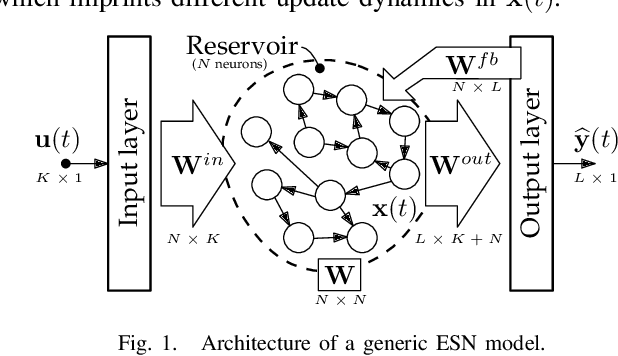
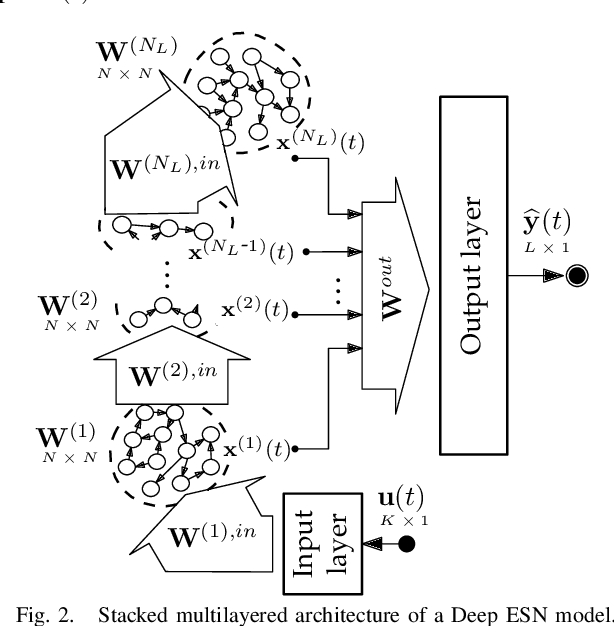

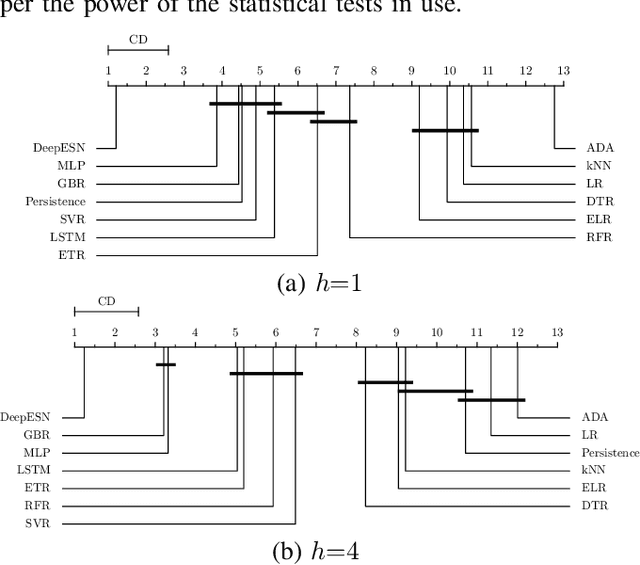
Abstract:In short-term traffic forecasting, the goal is to accurately predict future values of a traffic parameter of interest occurring shortly after the prediction is queried. The activity reported in this long-standing research field has been lately dominated by different Deep Learning approaches, yielding overly complex forecasting models that in general achieve accuracy gains of questionable practical utility. In this work we elaborate on the performance of Deep Echo State Networks for this particular task. The efficient learning algorithm and simpler parametric configuration of these alternative modeling approaches make them emerge as a competitive traffic forecasting method for real ITS applications deployed in devices and systems with stringently limited computational resources. An extensive comparison benchmark is designed with real traffic data captured over the city of Madrid (Spain), amounting to more than 130 automatic Traffic Readers (ATRs) and several shallow learning, ensembles and Deep Learning models. Results from this comparison benchmark and the analysis of the statistical significance of the reported performance gaps are decisive: Deep Echo State Networks achieve more accurate traffic forecasts than the rest of considered modeling counterparts.
From Data to Actions in Intelligent Transportation Systems: a Prescription of Functional Requirements for Model Actionability
Feb 06, 2020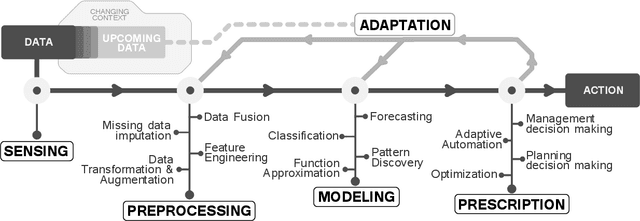
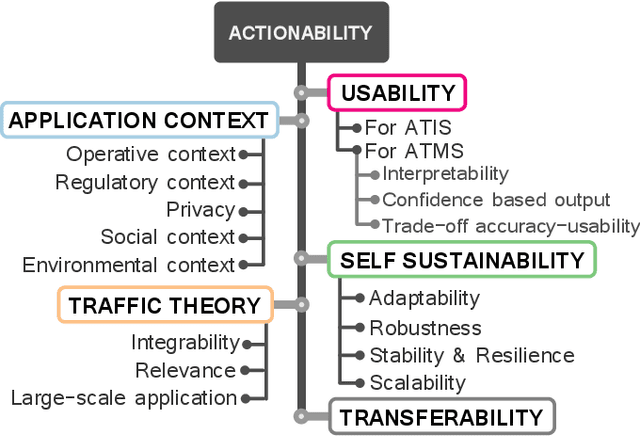
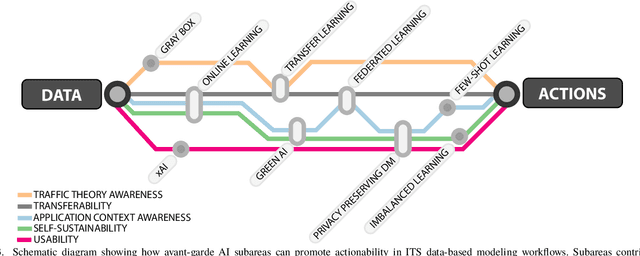
Abstract:Advances in Data Science are lately permeating every field of Transportation Science and Engineering, making it straightforward to imagine that developments in the transportation sector will be data-driven. Nowadays, Intelligent Transportation Systems (ITS) could be arguably approached as a "story" intensively producing and consuming large amounts of data. A diversity of sensing devices densely spread over the infrastructure, vehicles or the travelers' personal devices act as sources of data flows that are eventually fed to software running on automatic devices, actuators or control systems producing, in turn, complex information flows between users, traffic managers, data analysts, traffic modeling scientists, etc. These information flows provide enormous opportunities to improve model development and decision-making. The present work aims to describe how data, coming from diverse ITS sources, can be used to learn and adapt data-driven models for efficiently operating ITS assets, systems and processes; in other words, for data-based models to fully become actionable. Grounded on this described data modeling pipeline for ITS, we define the characteristics, engineering requisites and challenges intrinsic to its three compounding stages, namely, data fusion, adaptive learning and model evaluation. We deliberately generalize model learning to be adaptive, since, in the core of our paper is the firm conviction that most learners will have to adapt to the everchanging phenomenon scenario underlying the majority of ITS applications. Finally, we provide a prospect of current research lines within the Data Science realm that can bring notable advances to data-based ITS modeling, which will eventually bridge the gap towards the practicality and actionability of such models.
 Add to Chrome
Add to Chrome Add to Firefox
Add to Firefox Add to Edge
Add to Edge